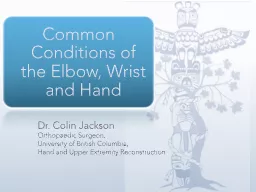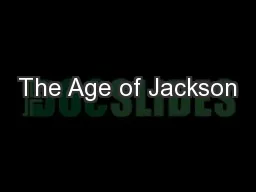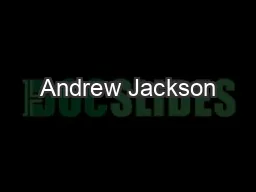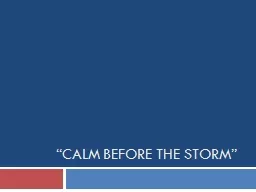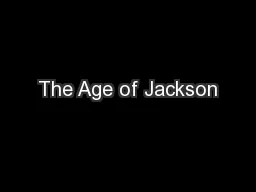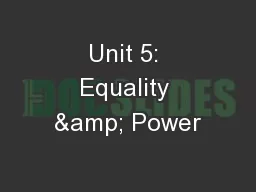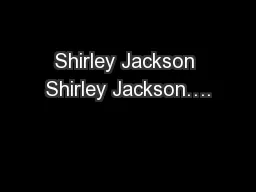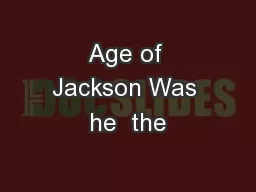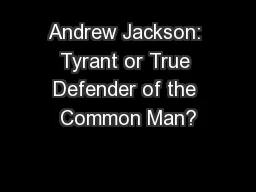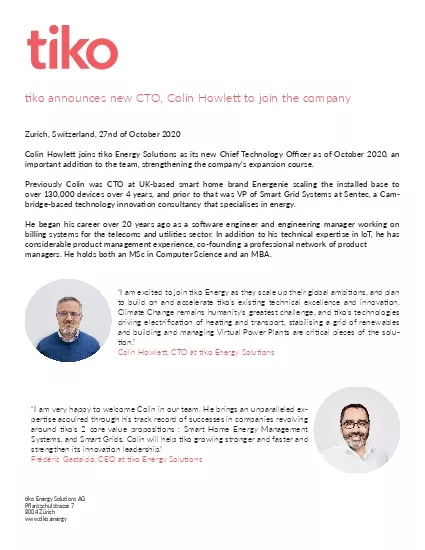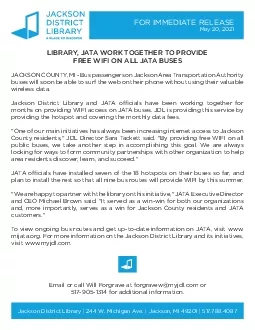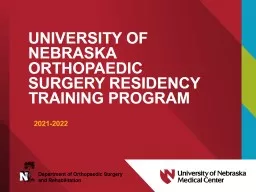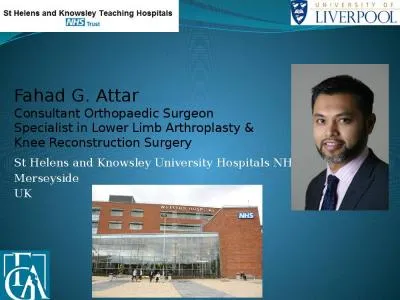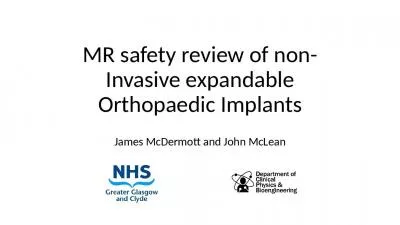PPT-Dr. Colin Jackson Orthopaedic
Author : burganog | Published Date : 2020-06-16
Surgeon University of British Columbia Hand and Upper Extremity Reconstruction Common Conditions of the Elbow Wrist and Hand Outline Common Conditions of the Elbow
Presentation Embed Code
Download Presentation
Download Presentation The PPT/PDF document "Dr. Colin Jackson Orthopaedic" is the property of its rightful owner. Permission is granted to download and print the materials on this website for personal, non-commercial use only, and to display it on your personal computer provided you do not modify the materials and that you retain all copyright notices contained in the materials. By downloading content from our website, you accept the terms of this agreement.
Dr. Colin Jackson Orthopaedic: Transcript
Download Rules Of Document
"Dr. Colin Jackson Orthopaedic"The content belongs to its owner. You may download and print it for personal use, without modification, and keep all copyright notices. By downloading, you agree to these terms.
Related Documents

